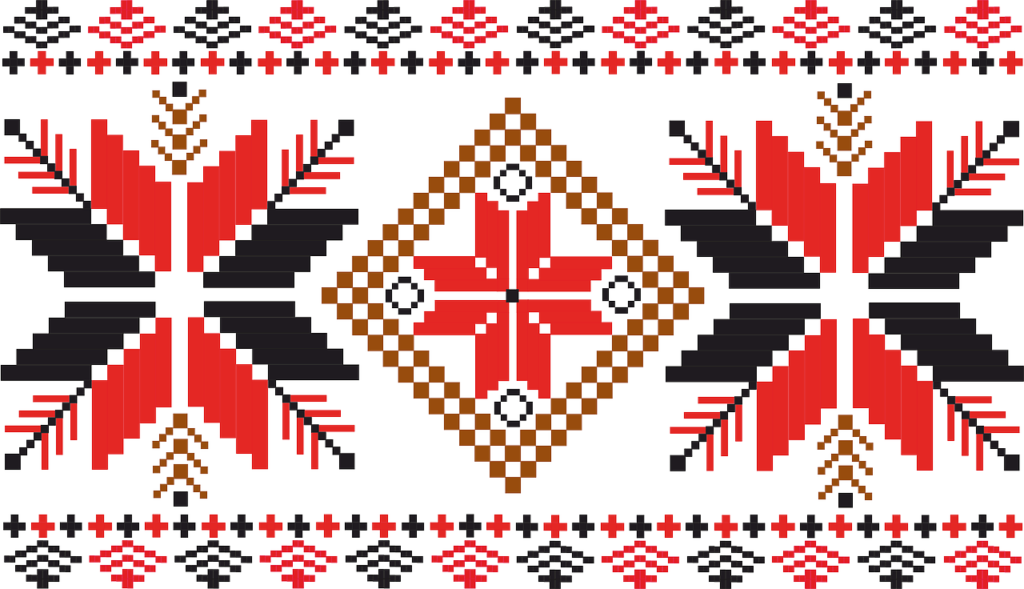Cotton Chronicles
A Journey Through India’s Textile Heritage

Cotton has a long and rich history in India, dating back thousands of years. Here’s a brief overview of the history of cotton in India:
Ancient Times: Cotton cultivation in the Indian subcontinent can be traced back to ancient times. The Indus Valley Civilization, which existed around 2500 BCE, had a thriving cotton industry.
Spreading of Cotton: The cultivation and knowledge of cotton spread from the Indus Valley to other parts of the Indian subcontinent, including the Gangetic plains and the Deccan region.
Cotton in Trade: Cotton became an important commodity in international trade during ancient and medieval times. Indian cotton textiles were highly sought after in markets across the ancient world, including the Roman Empire, the Arabian Peninsula, and Southeast Asia. The famous Greek historian Herodotus mentioned the quality and beauty of Indian cotton textiles.
Mughal Period: During the Mughal Empire (1526-1857), cotton production and textile industry flourished. The Mughal rulers, such as Emperor Akbar, patronized the textile industry and encouraged the growth of cotton cultivation. The Mughals introduced new techniques, designs, and weaving methods that further enhanced the quality and popularity of Indian cotton textiles.
Cotton in India
Evolution through Colonial Era, Independence, and Global Influence
British Colonial Rule: With the advent of British colonial rule in India, the cotton industry underwent significant changes. The British established large-scale cotton plantations in different parts of India and introduced modern machinery for spinning and weaving. This period also saw the growth of cotton mills in cities like Mumbai (then Bombay), Ahmedabad, and Kanpur.
Swadeshi Movement: During the Indian independence movement in the early 20th century, there was a resurgence of interest in indigenous industries and products. The Swadeshi movement promoted the use of Indian-made goods, including hand-spun cotton yarn and fabrics known as “khadi.” Mahatma Gandhi played a significant role in popularizing khadi as a symbol of self-reliance and resistance against British rule.
Post-Independence: After India gained independence in 1947, the cotton industry continued to grow. The country developed its own textile mills and became a major producer and exporter of cotton and cotton textiles. Today, India is one of the world’s largest producers and consumers of cotton, with cotton textiles being an essential part of its economy and cultural heritage.
The history of cotton in India is a testament to the country’s rich textile heritage and its enduring contribution to the world of textiles.